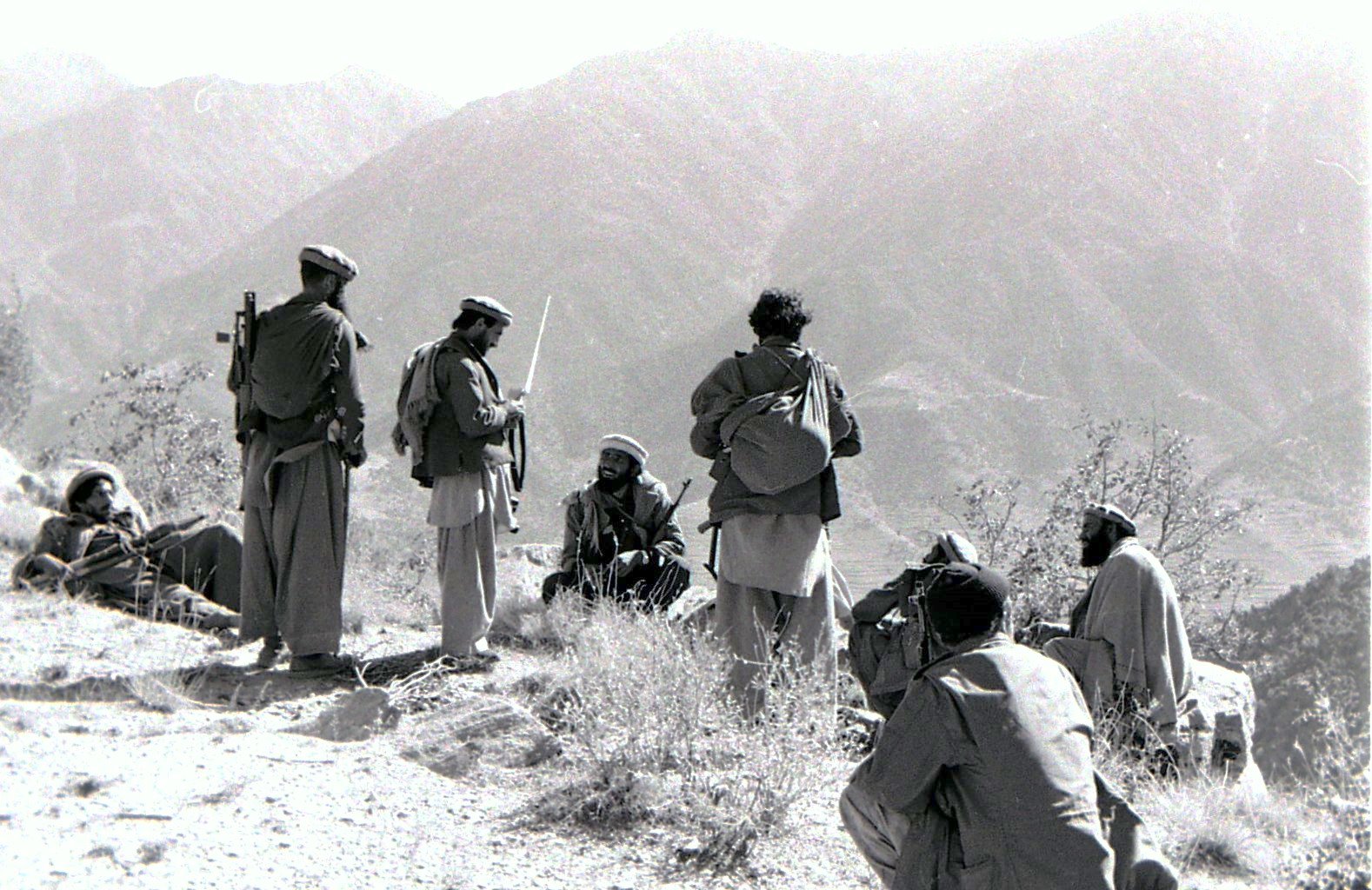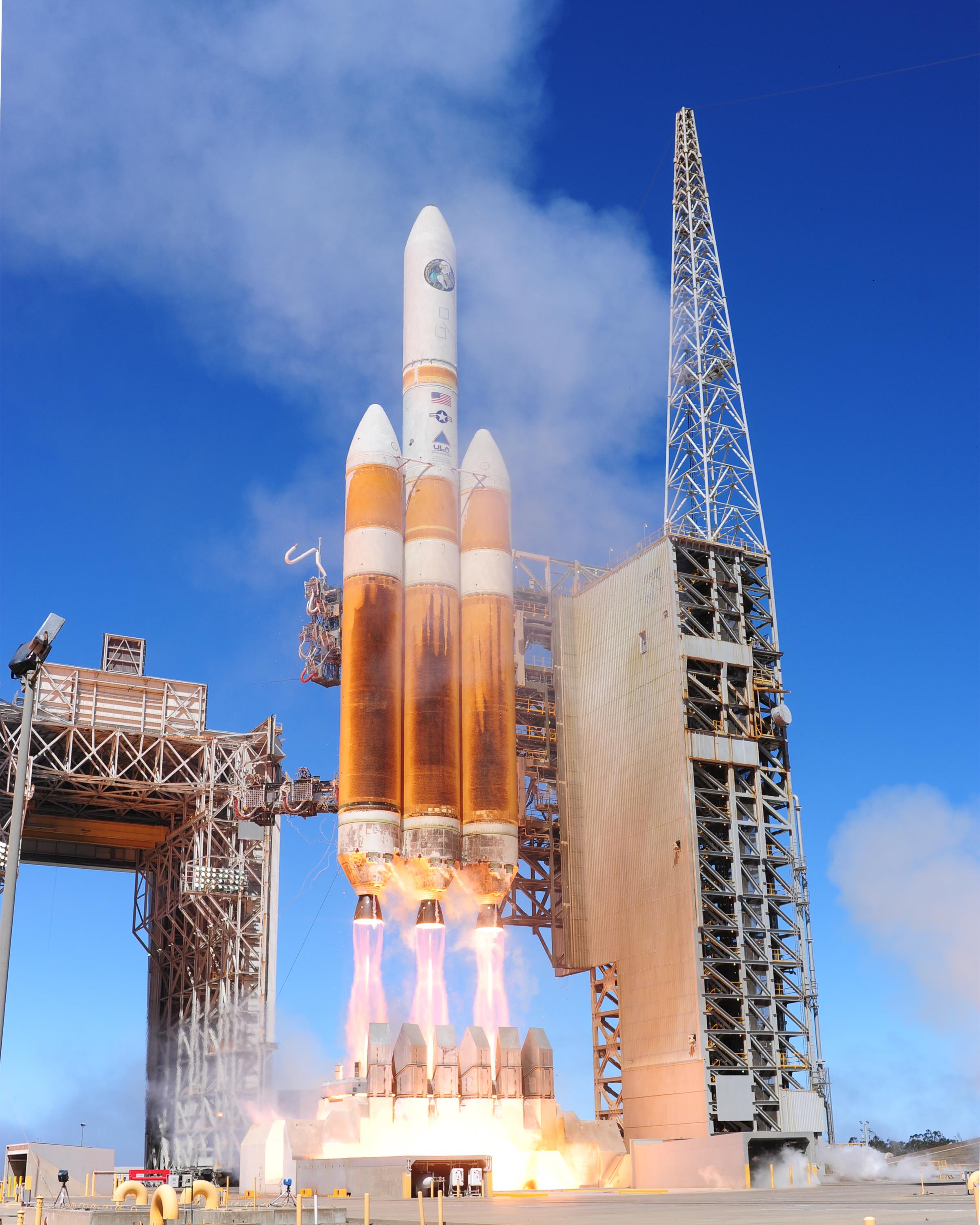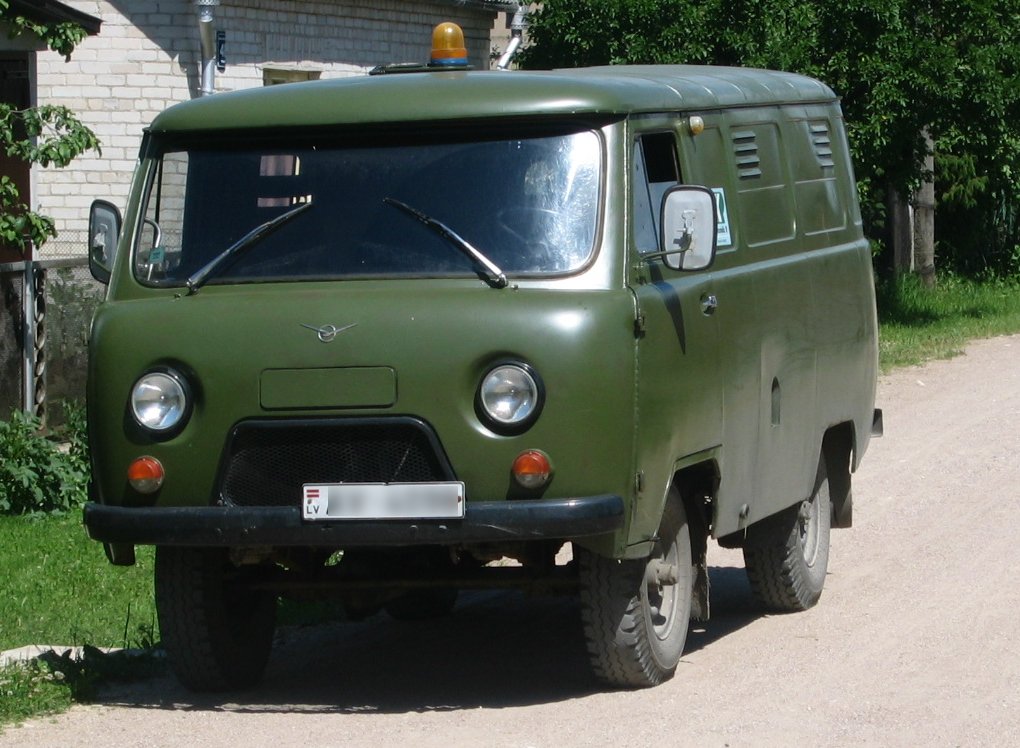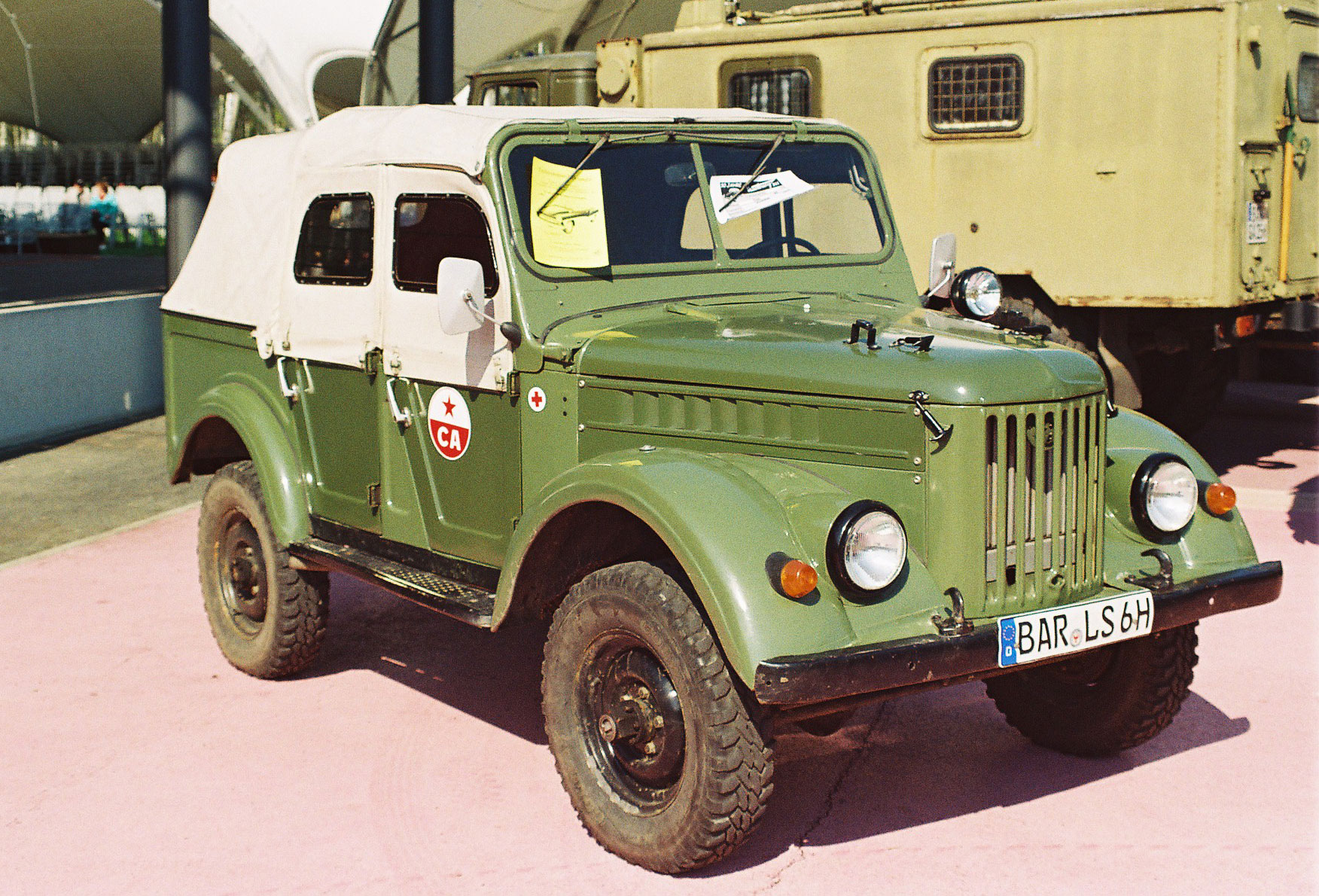|
Frog-7
The 9K52 ''Luna-M'' (russian: Луна; en, moon, NATO reporting name FROG-7) is a Soviet short-range artillery rocket system which fires unguided and spin-stabilized 9M21 rockets. It was originally developed in the 1960s to provide divisional artillery support using tactical nuclear weapons but gradually modified for conventional use. The 9K52 was eventually succeeded by the OTR-21 Tochka. Description Originally called the 3R-11 and 9R11, the 9M21 is a solid fuel rocket with four off-angle vernier chambers immediately behind the warhead section. When the main engine section ignites, the verniers activate to start spinning the rocket to improve stability and accuracy. At range, the 9M21 has a nominal CEP (circular error probable) of 400 meters.Soviet/Russian Armor and Artillery Design Practices: 1945-1995. (1995). United States: Marine Corps Intelligence Activity. V-57Soviet/Russian Armor and Artillery Design Practices: 1945-1995. V-58 Western intelligence estimated ... [...More Info...] [...Related Items...] OR: [Wikipedia] [Google] [Baidu] |
ZIL-135
The ZIL-135 is a large, eight-wheeled military transport and self-propelled artillery truck produced during the Cold War by the Soviet Union starting in 1959. Its purpose was to carry and launch an artillery missile, specifically a FROG-7, from surface-to-surface. The ZIL-135 was widely exported to other communist countries, most notably North Korea North Korea, officially the Democratic People's Republic of Korea (DPRK), is a country in East Asia. It constitutes the northern half of the Korean Peninsula and shares borders with China and Russia to the north, at the Yalu (Amnok) and ..., where it is a common sight in films and military marches. It also served as the TEL for the BM-27 Uragan artillery rocket system. This vehicle has two gasoline engines that power its 20 tonnes to a maximum speed of 65 kilometers per hour. One engine drives the four wheels on the left of the truck, while the other engine drives the four wheels on the right. The ZIL-135 has eight wh ... [...More Info...] [...Related Items...] OR: [Wikipedia] [Google] [Baidu] |
Soviet–Afghan War
The Soviet–Afghan War was a protracted armed conflict fought in the Democratic Republic of Afghanistan from 1979 to 1989. It saw extensive fighting between the Soviet Union and the Afghan mujahideen (alongside smaller groups of anti-Soviet Maoism, Maoists) after the former militarily intervened in, or launched an invasion of, Afghanistan to support the local pro-Soviet government that had been installed during Operation Storm-333. Most combat operations against the mujahideen took place in the Afghan countryside, as the country's urbanized areas were entirely under Soviet control. While the mujahideen were backed by various countries and organizations, the majority of their support came from Pakistan, Saudi Arabia, the United States, the United Kingdom, China, and Iran; the American pro-mujahideen stance coincided with a sharp increase in bilateral hostilities with the Soviets during the Cold War (1979–1985), Cold War. The conflict led to the deaths of between 562,000 and ... [...More Info...] [...Related Items...] OR: [Wikipedia] [Google] [Baidu] |
Rocket Propellant
Rocket propellant is the reaction mass of a rocket. This reaction mass is ejected at the highest achievable velocity from a rocket engine to produce thrust. The energy required can either come from the propellants themselves, as with a chemical rocket, or from an external source, as with ion engines. Overview Rockets create thrust by expelling mass rear-ward, at high velocity. The thrust produced can be calculated by multiplying the mass flow rate of the propellants by their exhaust velocity relative to the rocket (specific impulse). A rocket can be thought of as being accelerated by the pressure of the combusting gases against the combustion chamber and nozzle, not by "pushing" against the air behind or below it. Rocket engines perform best in outer space because of the lack of air pressure on the outside of the engine. In space it is also possible to fit a longer nozzle without suffering from flow separation. Most chemical propellants release energy through redox chemistry, m ... [...More Info...] [...Related Items...] OR: [Wikipedia] [Google] [Baidu] |
Front Line
A front line (alternatively front-line or frontline) in military terminology is the position(s) closest to the area of conflict of an armed force's personnel and equipment, usually referring to land forces. When a front (an intentional or unintentional boundary) between opposing sides forms, the front line is the area where each side's forces are engaged in conflict. Leaders have often fought at the front lines either purposefully or due to a collapse in battle formation. While a calculated risk, fighting on the front has in instances reduced communication and heightened morale. All branches of the United States Armed Forces use the related technical terms, Forward Line of Own Troops (FLOT) and Forward Edge of Battle Area (FEBA). These terms are used as battlespace control measures that designate the forward-most friendly maritime or land forces on the battlefield at a given point in time during an armed conflict. FLOT/FEBA may include covering and screening forces. The Forw ... [...More Info...] [...Related Items...] OR: [Wikipedia] [Google] [Baidu] |
UAZ-452
The UAZ-452 "Bukhanka" ('Буханка' or ' ''bread loaf''') are a family of compact Russian cab over engine vans and light trucks with standard four-wheel drive, off-road capability, built by the Ulyanovsk Automobile Plant (UAZ) since 1965. The vans got their nickname due to their outer resemblance to a loaf of bread – except the ambulance version, which gets called a "Tabletka" ('Таблетка'), or 'pill' in Russian. Since 1985, the vans received updates: more modern engines and internationally compliant lighting, as well as new model numbers, 3741 for the standard van, while (crew-cab) trucks mostly starting with 3303, often with one or two extra digits specifying the version. From 1997, bigger 33036 truck variants with a 25 cm (10 in) longer wheelbase, and taller soft-top roof bows and drop-sides were added. Overview The model's predecessor, the UAZ-450 (produced between 1958 and 1966), was based on the chassis and engine of the four-wheel drive light tr ... [...More Info...] [...Related Items...] OR: [Wikipedia] [Google] [Baidu] |
GAZ-69
The GAZ-69 is a four-wheel drive off-road vehicle produced by GAZ (ГАЗ, or ''Gorkovsky Avtomobilnyi Zavod'', Gorky Automobile Factory) between 1953 and 1956 and then by UAZ, in 1956–1972, though all of these light truck class vehicles were known as GAZ-69s. It was also produced in Romania until 1975.Thompson, Andy. ''Cars of the Soviet Union'' (Haynes Publishing, Somerset, UK, 2008), p. 70. Development and production The GAZ-69 was created by the team of chief designer Grigoriy Vasserman as a replacement for the GAZ-67B that would have lower fuel consumption than its predecessor and use the same inline four and three-speed transmission as the GAZ-M20 ''Pobeda''. The development process started in 1946 and the first prototypes known under the name "Truzhenik" (Toiler) were built in 1947. After extensive on-road testing, the new off-road vehicle went into production on August 25, 1953. Over 600,000 GAZ-69s had been built by the end of production in the USSR in 1972. a co ... [...More Info...] [...Related Items...] OR: [Wikipedia] [Google] [Baidu] |
GAZ-66
The GAZ-66 is a Soviet and later Russian 4x4 all-road (off-road) military truck produced by GAZ. It was one of the main cargo vehicles for motorized infantry of the Soviet Army and is still employed in former Soviet Union countries. It is nicknamed ''shishiga'' (шишига), ''shisharik'' (шишарик)/''shehsherik'' (шешерик), ''trueman'' (in Siberia). Almost one million vehicles of this type were built for both military and civil use. The GAZ-66 has gained legendary status in many countries around the world due to its reliability, simplicity and off-road capability. Since the 1960s, the GAZ-66 has been popular with armed forces and off-road enthusiasts. Production ceased in 1999, with the GAZ-3308 being produced instead. Basic versions * GAZ-66-1 (1964-1968) - the first model with no centralized system for adjusting the air pressure in the tires * GAZ-66A (1964-1968) - with a winch * GAZ-34 - a 6×6 prototype * GAZ-66B (1966) - Paratrooper version with tel ... [...More Info...] [...Related Items...] OR: [Wikipedia] [Google] [Baidu] |
ZIL-131
The ZIL-131 is a general purpose 3.5 tonne 6x6 army truck designed in the Soviet Union by ZIL. The basic model being a general cargo truck. Variants include a tractor-trailer truck, a dump truck, a fuel truck, and a 6x6 for towing a 4-wheeled powered trailer. The ZIL-131 was introduced in 1966; it is a military version of the ZIL-130, and the two trucks share many components. The ZIL-131 6x6 has the same equipment as the GAZ-66 and Ural-375D. The ZIL-130/131 was in production at the "AMUR" truck plant (as the AMUR-531340), with both gasoline and diesel engines, until 2012 when AMUR shut down and filed for bankruptcy. Specification *Cab Design: Forward Engine *Seating Capacity (cab): 3 *Curb weight: 6700 kg *Payload: 5000 kg plus trailer 5000 kg (on road), or 3,500 kg plus trailer 4000 kg off road. *Suspension: solid axles with leaf springs. *Engine: V8 gasoline (carburetor) ZIL-130 *Displacement: 6,960 cc (bore 3.94", stroke 4.36") *Compression Ra ... [...More Info...] [...Related Items...] OR: [Wikipedia] [Google] [Baidu] |
ZIL-157
The ZIL-157 is a general-purpose -ton 6×6 truck, produced at the Lichachev plant in the Soviet Union from 1958 to 1977, when production was transferred to the Amur plant, since the Lichachev plant wanted to focus more on modern trucks, such as the ZIL-131 truck. Nevertheless, production of the ZIL-157 trucks continued even after the fall of the Soviet Union, but eventually ended in 1994. History The ZIL-157 started being produced in 1958, based on the ZIL-164 truck, as a replacement for the ZIS-151 that was based on the ZIS-150 truck, which was based on the International KR-11 trucks. The ZIL-157 truck, like its many predecessors, was mostly intended for use by the Red Army, but it was also popular with forestry companies, and was thus also used as a log truck, specifically the ''ZIL-157V'' semi-truck version. In 1977 the production of the truck was moved to Novouralsk by the UamZ company. The Lichachev plant likely did that move since, they wanted to focus their main ... [...More Info...] [...Related Items...] OR: [Wikipedia] [Google] [Baidu] |
Ural-375
The Ural-375 is a general purpose 4.5 ton 6×6 truck, which has been produced at the Ural Automotive Plant in the Russian SFSR since 1961. The Ural-375 replaced the ZIL-157 as the standard Soviet Army truck in 1979. It was itself replaced by the Ural-4320. The Ural-375 was used, for example, as a platform for the BM-21 Grad rocket launcher, as a troop carrier, and as a supply carrier. Models The Ural-375 comes in a variety of models (the list is not exhaustive): *Ural-375, the base model. It has a canvas roof, and no steel cabin *Ural-375A, a slightly longer model *Ural-375D, the most produced 375; it has a proper all-steel cabin *Ural-375E KET-L, a recovery vehicle equipped a front-mounted and a rear-mounted winch along with a jib crane. *Ural-375S, a 6×6 tractor *Ural-377, a civilian 6×4 truck *Ural-377S, a 6×4 tractor *Ural-375DM, modernized version of the Ural-375D, built at least until 1991 [...More Info...] [...Related Items...] OR: [Wikipedia] [Google] [Baidu] |
Enlisted Personnel
An enlisted rank (also known as an enlisted grade or enlisted rate) is, in some armed services, any rank below that of a commissioned officer. The term can be inclusive of non-commissioned officers or warrant officers, except in United States military usage where warrant officers/chief warrant officers are a separate officer category ranking above enlisted grades and below commissioned officer grades. In most cases, enlisted service personnel perform jobs specific to their own occupational specialty, as opposed to the more generalized command responsibilities of commissioned officers. The term "enlistment" refers solely to a military commitment (whether officer or enlisted) whereas the terms "taken on strength" and "struck off strength" refer to a service member being carried on a given unit's roll. Canadian Forces In the Canadian Forces, the term non-commissioned member (NCM) is used. North Atlantic Treaty Organization For the ranks used by the North Atlantic Treaty Organiza ... [...More Info...] [...Related Items...] OR: [Wikipedia] [Google] [Baidu] |
Officer (armed Forces)
An officer is a person who holds a position of authority as a member of an armed force or uniformed service. Broadly speaking, "officer" means a commissioned officer, a non-commissioned officer, or a warrant officer. However, absent contextual qualification, the term typically refers only to a force's ''commissioned officers'', the more senior members who derive their authority from a commission from the head of state. Numbers The proportion of officers varies greatly. Commissioned officers typically make up between an eighth and a fifth of modern armed forces personnel. In 2013, officers were the senior 17% of the British armed forces, and the senior 13.7% of the French armed forces. In 2012, officers made up about 18% of the German armed forces, and about 17.2% of the United States armed forces. Historically, however, armed forces have generally had much lower proportions of officers. During the First World War, fewer than 5% of British soldiers were officers (part ... [...More Info...] [...Related Items...] OR: [Wikipedia] [Google] [Baidu] |




.jpg)



